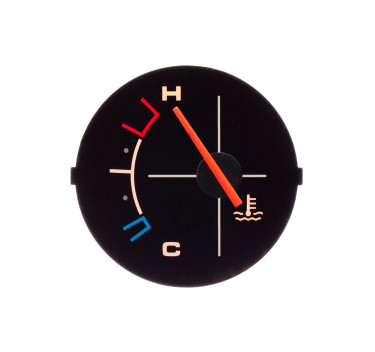How Does An Airbag Work?
 Airbags have been saving lives since 1967, but unlike their seatbelt cousin, most people don’t give their airbag a second thought until they need it. Today, we’ll explain how the modern airbag functions.
Airbags have been saving lives since 1967, but unlike their seatbelt cousin, most people don’t give their airbag a second thought until they need it. Today, we’ll explain how the modern airbag functions.
A Little History
Before delving how an airbag functions, it’s worth understanding how the airbag came to be. Credit for the invention of the airbag goes to two men – American John Hetrick and German engineer Walter Linderer. Ketrick submitted the first patent for an airbag in 1951, and he received his patent on August 18, 1953. Linderer received his patent three months later, but the design of the airbags differed.
Although they can be credited with inventing the airbag, they can’t be credited with creating the first functioning and widely accepted airbag. Linderer struggled to get his compressed air bag to inflate quickly enough to fully protect a passenger, while Hetrick found little support from automobile makers while pitching the idea.
It wasn’t until 1967 that airbags really started making waves. Inventor Allen K. Breed created an electromagnetic sensor that used sodium azide in lieu of compressed air to inflate an airbag to capacity in under 30 milliseconds. Automakers began offering cars with built-in airbags in the early 1970s, and they’ve been saving countless lives ever since.
How Airbags Deploy
There are three key components to the airbag system. They are:
- The bag
- The crash sensor
- The inflation reaction
The first component is the bag. Made out of nylon fabric, the bag can be compressed into the steering wheel, dashboard, seat or door. The second component, the sensor, tells the bag when to deploy. When a crash occurs and the force is greater than roughly 15 miles per hour (as documented by an accelerometer), a mechanical switch is flipped signaling the airbag to deploy.
As soon as the switch is flipped, the third component, the inflation system, goes to work. Sodium azide is released the moment a crash occurs, which reacts with potassium nitrate inside the inflation system. The reaction creates a hot blast of nitrogen gas, which inflates the bag nearly instantaneously.
For more information on car mechanics, keep checking back with our blog!
Related source: HowStuffWorks
-
Self-Driving Car Sales To Balloon Over Next 20 Years
 Jan 8, 2014
Jan 8, 2014Sales of self-driving cars are expected to grow from 230,000 in 2025 to nearly 12 million by 2035, a new study suggests. Self-driving cars are currently few and far between, but researchers believe sales will exponentially increase as technology continues to improve. By 2035, researchers believe the cumulative sales of self-driving cars will top 54 […]
-
Nissan Debuts Self-Cleaning PaintApr 30, 2014
The carwash may soon be going the way of the dodo. According to Nissan, the car giant has debuted a paint that is both hydrophobic and oleophobic, meaning it is naturally resistant to both water and oils. A Nissan spokesperson said the paint effectively creates “a protective layer of air between the paint and environment.” […]
-
Common Reasons Your Car Overheats
 Jul 8, 2015
Jul 8, 2015Summer is here, and that means the temperatures are on the rise, but hopefully the same isn’t said for your vehicle. An overheating car is a sign that something is wrong, and you can be in line for major repairs if you ignore the issue. Today, we look at some common reasons why you car […]




